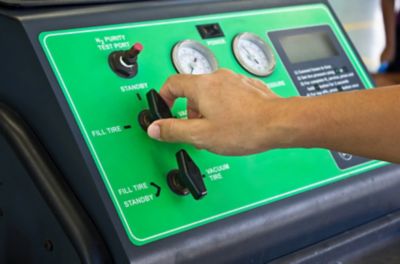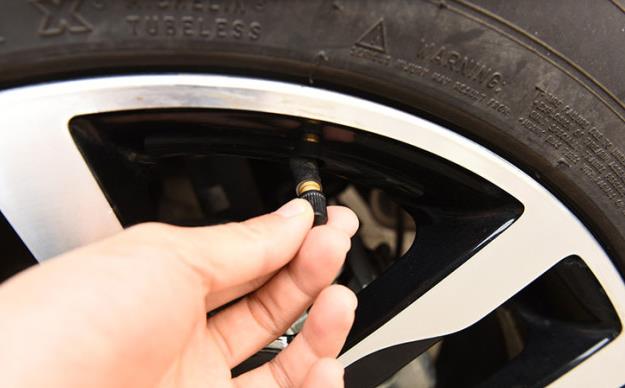Nitrogen Tire Inflation
Nitrogen Tire Inflation
If you dislike checking your vehicle's tire pressure, nitrogen inflation is the way to go. Nitrogen is a stable gas that helps maintain air pressure in any temperature. Also because of the size of the molecules, nitrogen does not seep out through the porous rubber of a tire as quickly as regular air.
To inflate your tires with nitrogen, you can bring your vehicle to any service station that offers nitrogen, as well as many tire retailers and dealerships.
A "filling station" is a machine that looks like an air-compressor, except it purges your tires of air and moisture and pumps in nitrogen. Nitrogen also comes in a bottle source. Think of the tanks of helium they use to inflate balloons. Either way, ideally your source of nitrogen is at least 96% pure.
Nitrogen Inflation Process:
First by opening a tire's valve port, all of the air is removed.
Then a nozzle is attached from the nitrogen source and the tire is inflated to about 90 to 95% of its recommended tire pressure in pounds per square inch (PSI).
Once that PSI is reached, the valve port is then opened allowing almost all of that nitrogen out.
Just before all the nitrogen is evacuated, the valve is then closed. Last, the tire is filled again, this time to the manufacturer recommended PSI.
This process delivers the highest percentage of nitrogen in each tire. The optimal is at least 96%. The idea is to reduce the amount of oxygen and other trace gases common to the air we breathe, which is made up of about 78% nitrogen.
Benefits of Nitrogen Inflated Tires:
Reduced speed of normal air pressure loss
Prevention of moisture from accelerating any deterioration of rubber compounds and TPMS equipment
Slowing oxidation of steel belts
Preventing the rusting of your wheel rims
Keeping your tires properly inflated—whether with nitrogen or regular air—also reduces rolling resistance, which in turn improves their fuel efficiency. Burning less gas is a win for your wallet and the environment.

























